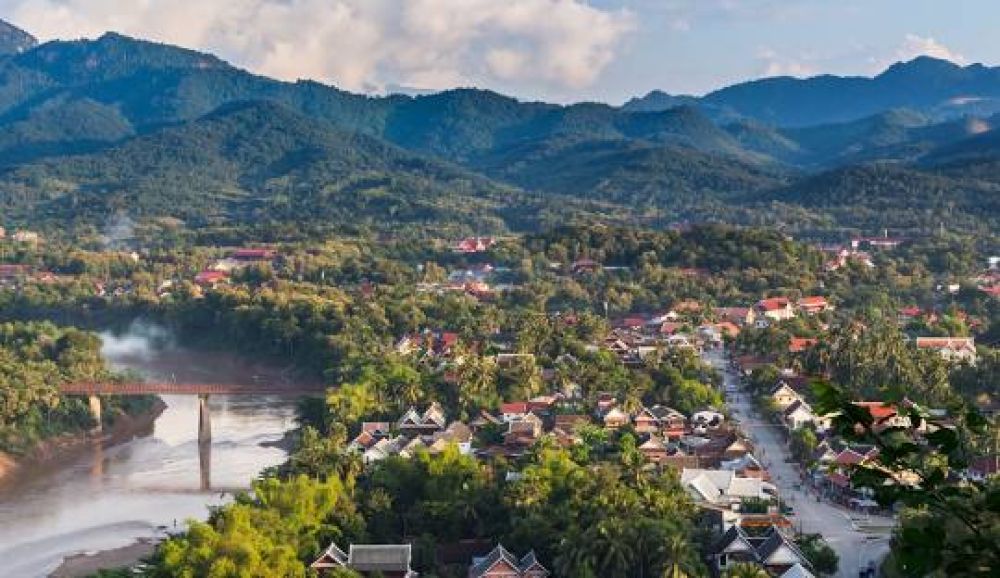

Luang Prabang, a UNESCO World Heritage site, is a captivating destination that has long drawn the attention of travelers keen on exploring its unique blend of traditional Lao culture and colonial architecture. The history of tourism in Luang Prabang is relatively recent, beginning in earnest only in the late 20th century.
Before becoming a tourist hotspot, Luang Prabang was the royal capital of Laos and a revered seat of Buddhism in Southeast Asia. Despite this significance, it remained largely unknown to the outside world for many years due to the country's political situation and the region's remote location.
The turning point came in 1995, when UNESCO declared the town a World Heritage Site, citing its outstanding cultural, historic, and architectural values. The designation put Luang Prabang on the global map, sparking a steady increase in visitors intrigued by the town's tranquil atmosphere, well-preserved heritage, and the harmonious mix of Lao and colonial influences in its architecture.
The early 2000s saw a more significant wave of tourists as Laos opened up more broadly to international travel. Backpackers and cultural tourists were among the first to arrive, drawn by the town's laid-back charm and the spiritual aura of its many Buddhist temples. Hotels, guesthouses, and restaurants began to flourish, catering to the diverse needs of visitors.
In recent years, Eco-tourism and responsible travel have emerged as the latest trends in Luang Prabang. Tourists are increasingly seeking out experiences that promote environmental sustainability and cultural preservation. They engage in activities like participating in traditional alms-giving ceremonies, visiting elephant sanctuaries, or taking part in cooking classes that showcase Lao cuisine.
The introduction of luxury boutique accommodations and fine dining, combining Lao traditions with modern amenities, has also started to attract a different type of traveler, seeking a more upscale experience while still immersing themselves in the local culture.
Like any destination, Luang Prabong faces its share of challenges as it grapples with balancing tourism growth and heritage preservation. The increasing number of visitors each year raises concerns about potential over-tourism and its effects on the town's character and natural environment.
In response, local authorities and international organizations have been working together to implement sustainable tourism practices. These efforts aim to protect Luang Prabang's rich cultural landscape and natural beauty while still welcoming tourists from around the world who come to experience the enchanting spirit of this historic Lao city.
The history of tourism in Luang Prabang is a testament to the town's resilience and enduring appeal. While it continues to evolve alongside the tourism industry, it remains an alluring destination that offers a unique window into the soul of Lao culture and history.